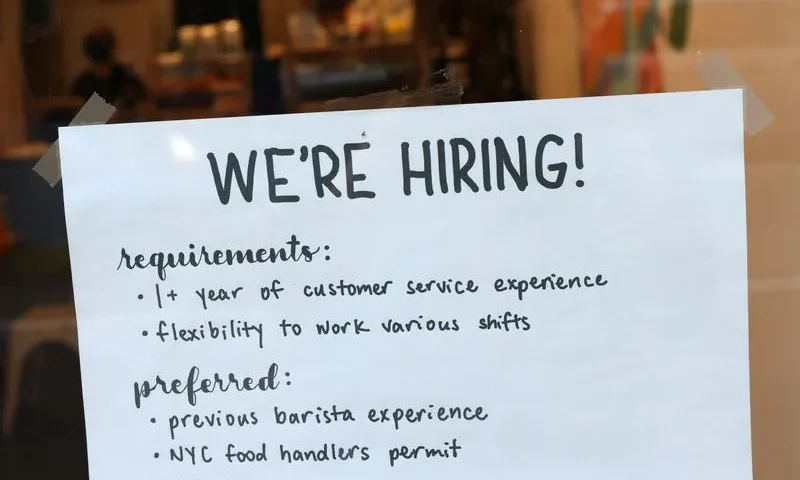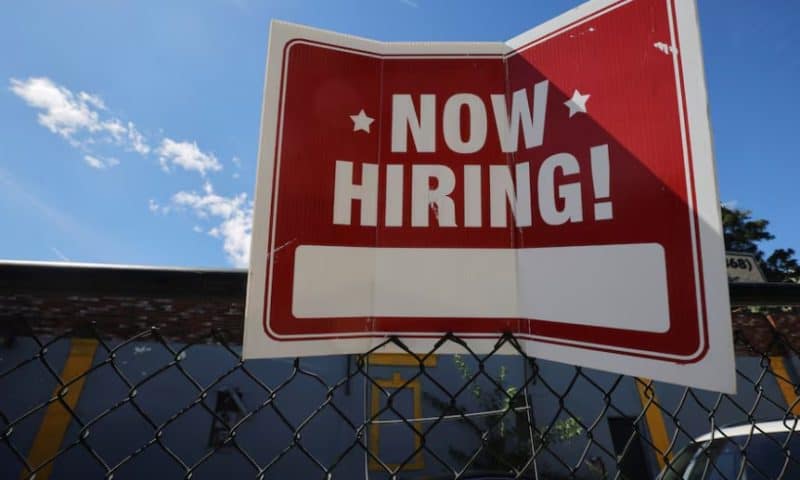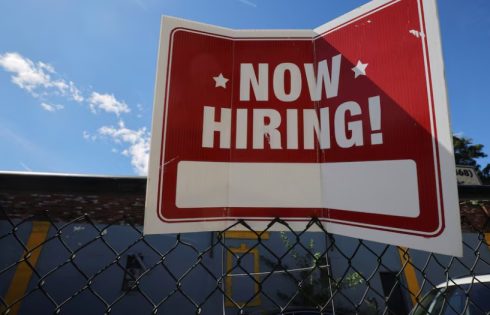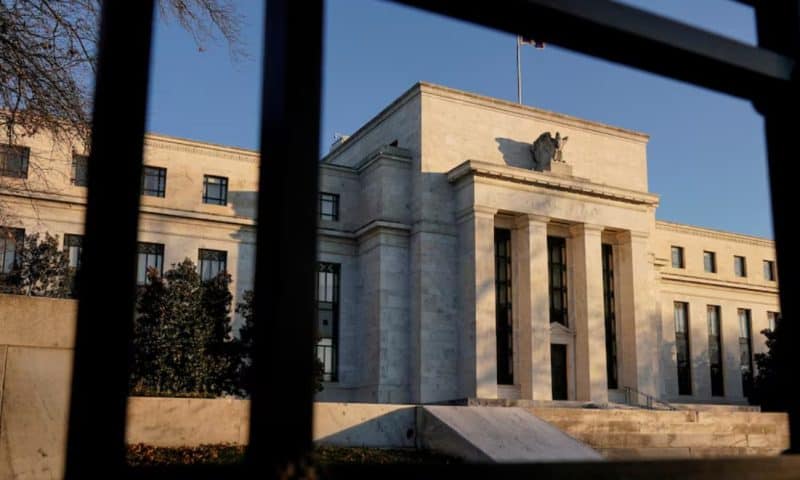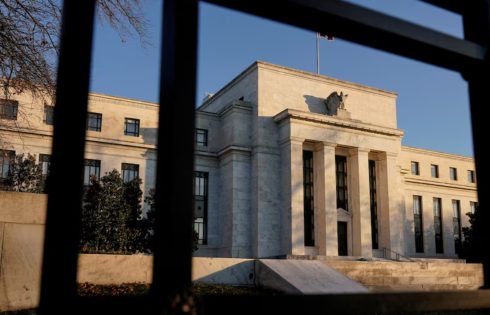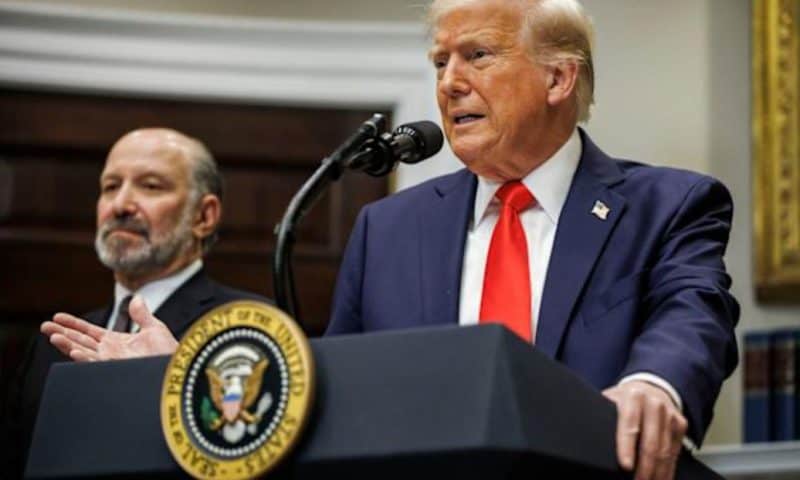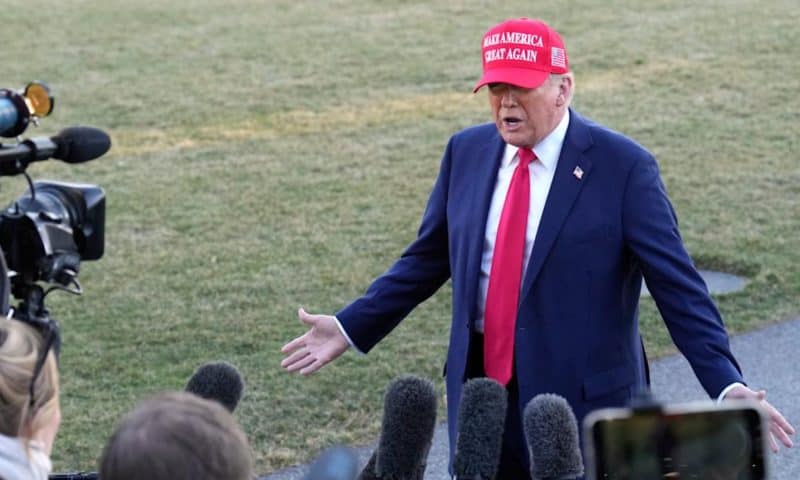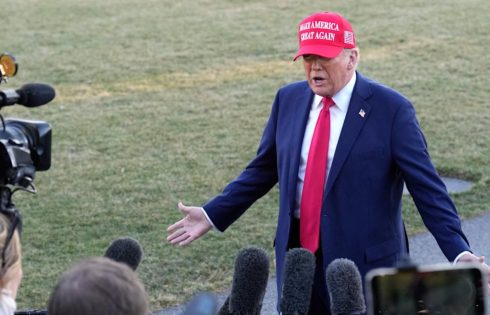Policy uncertainty tests US labor market resilience
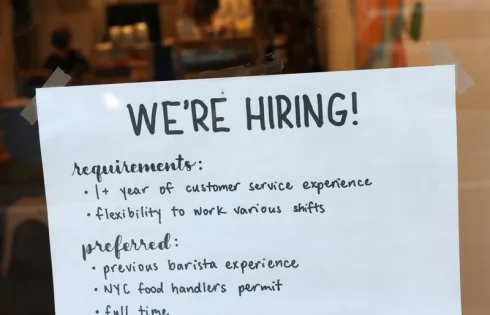
WASHINGTON (Reuters) -U.S. job growth picked up in February, but cracks are emerging in the once-resilient labor market amid a chaotic trade policy and deep federal government spending cuts that threaten to disrupt economic growth this year.
The Labor Department’s closely watched employment report on Friday, the first under President Donald Trump’s watch, showed a broader measure of unemployment surging to near a 3-1/2-year high last month as the ranks of part-time workers swelled.
The share of workers holding multiple jobs was the highest since the Great Recession. Economists said the Trump administration’s whiplash trade policy was making it difficult for businesses to plan ahead.
Business sentiment has plunged since January, erasing all the gains notched in the aftermath of Trump’s election victory in November. The stock market has sold off.
“The winds in the labor market are shifting,” said Bernard Baumohl, chief global economist at the Economic Outlook Group.
Nonfarm payrolls increased by 151,000 jobs last month after rising by a downwardly revised 125,000 in January, the Labor Department’s Bureau of Labor Statistics said.
Economists polled by Reuters had forecast payrolls advancing by 160,000 jobs after a previously reported 143,000 gain in January. The survey of establishments showed job growth averaged 138,000 per month so far this year compared to 209,000 in the fourth quarter.
“This points to a rapid cooling in the labor market and economic growth in the first quarter, but no real impending recession signals yet either,” said Scott Anderson, chief U.S. economist at BMO Capital Markets.
Trump triggered a trade war this week, slapping a new 25% tariff on imports from Mexico and Canada, along with a doubling of duties on Chinese goods to 20%. But on Thursday, Trump exempted goods from both Canada and Mexico under a North American trade pact for a month from the 25% duty.
Some economists said winter storms likely hampered job gains, noting that the average workweek remained stuck at a five-year low of 34.1 hours. The household survey showed 404,000 people were unable to report for work because of weather issues. But others were unconvinced.
“The recent shortening of the workweek, combined with a rise in the number of workers forced into part-time jobs for economic reasons, suggests some employers are cutting back on hours rather than cutting jobs outright,” said Julia Pollak, chief economist at ZipRecruiter.
Healthcare led job growth, adding 52,000 positions across ambulatory services and hospitals as well as nursing and residential care facilities.
Employment in financial activities increased 21,000.
Transportation and warehousing payrolls rose 18,000, boosted by hiring for couriers and messengers. Employment in social assistance advanced 11,000. Manufacturing payrolls gained 10,000 while construction added 19,000 positions.
But federal government payrolls excluding the post office declined 6,700, a tip of the iceberg as tech billionaire Elon Musk’s Department of Government Efficiency, or DOGE, has fired thousands of employees in an unprecedented effort to shrink the government and slash spending.
That restricted job gains in the overall government sector, one the main pillars of employment growth in recent years, to a paltry 11,000, below a recent six-month average of 35,000.
FED ON HOLD
On-and-off freezes on government funding have thrown out of work some contractors and employees at entities that receive federal grants. Professional and business services decreased by 2,000 jobs, concentrated in scientific and technical services as well as computer systems design and related services.
The Federal Reserve is expected to keep its benchmark overnight interest rate unchanged in the 4.25%-4.50% range this month as policymakers continue to monitor the economic impact of tariffs and an immigration crackdown.
Financial markets expect the U.S. central bank to resume rate cuts in June, though much would depend on inflation.
The Fed paused rate cuts in January, having reduced the policy rate by 100 basis points since September, when it embarked on its easing cycle. The policy rate was hiked by 5.25 percentage points in 2022 and 2023 to tame inflation.
Fed Chair Jerome Powell said on Friday “we do not need to be in a hurry, and are well positioned to wait for greater clarity.”
Stocks on Wall Street edged higher after Powell’s comments. The dollar was lower against a basket of currencies. U.S. Treasury yields rose.
Retail payrolls dropped by 6,000 jobs, likely pulled down by a strike at one of the large supermarket chains that has since ended. Employment at restaurants and bars decreased 27,500.
Average hourly earnings rose 0.3% after climbing 0.4% in January. Annual wage growth increased at a 4.1% pace after advancing 3.9% in January, consistent with an economy that continues to expand, though at a very moderate pace.
A drop in consumer spending and homebuilding and surge in the trade deficit in January linked to tariffs stoked fears of stagflation. The Atlanta Fed is forecasting GDP contracting at a 2.4% annualized rate this quarter. The economy grew at a 2.3% pace in the fourth quarter.
Underscoring the softening labor market trend, the unemployment rate rose to 4.1% from 4.0% in January. That reflected a 588,000 decline in household employment. About 385,000 people left the labor force last month, a sign of ebbing confidence in the jobs market. The labor force participation rate fell to a two-year low of 62.4% from 62.6% in January.
The employment-to-population ratio, a measure of an economy’s ability to create employment, fell to 59.9% from 60.1% in January. The number of people working part-time for economic reasons rose 460,000, the most since June 2023, to 4.9 million.
As a result, a broader measure of unemployment, which includes people who want to work but have given up searching and those working part-time because they cannot find full-time employment, soared to 8.0%. That was the highest since October 2021 and was up from 7.5% in January.
Multiple job-holders shot up to 8.860 million from 8.764 million in January. They represented 5.4% of the employed, the highest share since April 2009.
“The economy faces rising uncertainty as it enters March,” said Conrad DeQuadros, senior economic advisor at Brean Capital.

